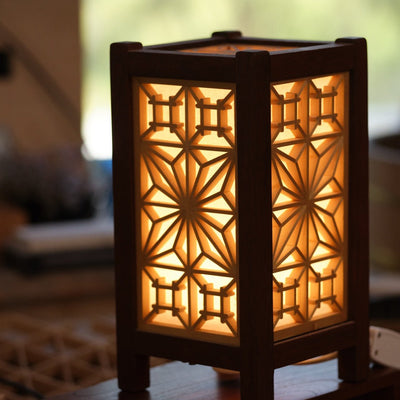It is essential to follow a few basic principles to get the best out of any waterstone.

Keep your stone flat by dressing its surface with a flat, coarse abrasive. Adhesive-backed sandpaper stuck to a piece of appropriately sized glass gives good results and is inexpensive. Using a coarser grain waterstone to dress finer grain stones is a well known method, but for best results a third stone should be introduced to the process, as two stones can begin to mirror each other's undulations. Finally, a coarse diamond stone can be used - as long as it is flat.
Avoid cross-contaminating your stones while sharpening, and be sure to rinse your workpiece as well as your stones thoroughly when moving between grits. Introducing coarse abrasives from a sharpening stone onto a fine-grained honing stone will slow down your sharpening, undo your good polishing work as fast as it happens, and potentially impregnate your stone with the wrong sized abrasive.
Maintain a constant angle as you guide your workpiece across the stone. This is especially important when sharpening kitchen knives without a guide, as any differences in geometry are accentuated. Sharpening guides can be useful when sharpening tools, however with practice freehand sharpening will also yield great results.
Aim to raise a burr across the entire length of your blade's edge, at least on the lower grits. Only move on from the #1000 and coarser stones once a burr is noticeable, and even on finer stones a small burr is preferable (though it can be hard to detect).
Browse our japanese waterstones

